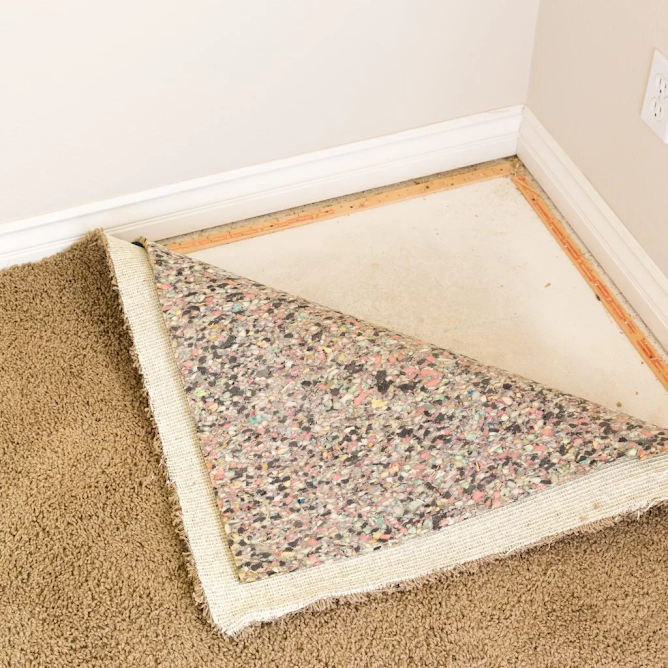How to Budget and Plan for LVT Flooring: Cost-Effective Strategies for a Stunning Floor Transformation
LVT Flooring is a popular option for many commercial applications. Its deep design portfolio, including unique laying patterns and size options, provides designers with the ability to create visually interesting spaces that can be easily maintained.
Material is actually made of several different
While the surface of LVT looks like wood, stone or fabric, the material is actually made of several different layers that come together to produce a durable, high-performing floor. The first layer is a clear layer that acts as a barrier against stains and scratches. A liquid urethane is applied to this layer during the manufacturing process, after lamination. The wear layer is a critical factor in the overall performance of the product, and a range of thicknesses are available to support various usage needs.
Natural wood, stone and fabric
The next layer is the HD photographic layer. This is where the biggest advancements have been made, with finishes that can be virtually indistinguishable from natural wood, stone and fabric. This layer is bonded to the core layer to provide a high-quality look and feel to the finished product.
Flooring is installed and the building structure
Some LVTs are engineered to be more resilient than others, providing added durability for heavy traffic areas. Other factors that impact resilience, such as how the flooring is installed and the building structure, are also important to consider when selecting a product. For healthcare spaces, for example, it is vital to choose a product that is constructed with a high level of dimensional stability that will not warp under the pressure of rolling and static loads.
Embossed to add texture to the finish
Once the HD photographic layer and a protective coating are layered together, the slab is then embossed to add texture to the finish. This can be done using either registered or blind embossing. With registered embossing, the pattern follows an image to replicate detail and expression, whereas with blind embossing, a pre-set mould or punch is used to produce a bold texture.
Core layer of the product is a mixture
The core layer of the product is a mixture of vinyl and WPC (Wood Plastic Composite) or SPC (Stone Plastic Composite). This mix provides the viscosity, stiffness and dimensional stability for the planks or tiles. Some manufacturers, like TileBar, are producing more sustainable products by using more environmentally-friendly raw materials such as recycled content and phthalates free PVC.
LVT is designed for click installation
Once the layers are bonded, the slab is milled and cut into the desired shape. Some LVT Flooring is designed for click installation, which allows the planks or tiles to snap into place to reduce the use of adhesives in the project. Others are installed using traditional glue down/dry back methods.
Conclusion
It is important for design professionals to fully understand the construction of LVT to ensure they select the right product for their space. Using the proper installation method is crucial to protecting the floor and ensuring long-term performance, especially in healthcare spaces, where a variety of equipment can be installed on the floors. For instance, if an adhesive that can support the loading of rolling and static loads is not selected and properly installed, indentations from these types of furniture may be left behind in the flooring, reducing its life cycle and compromising safety and performance.



Comments
Post a Comment